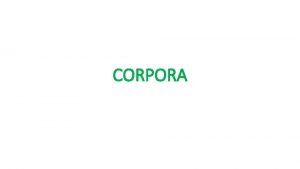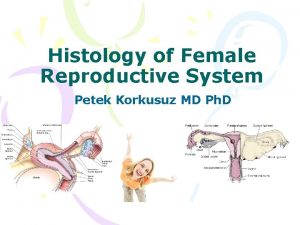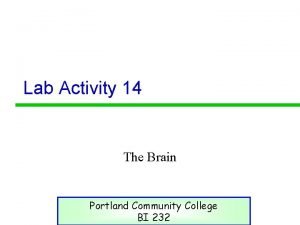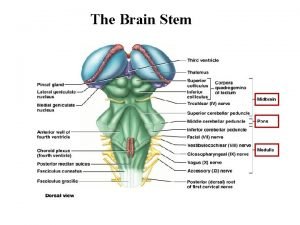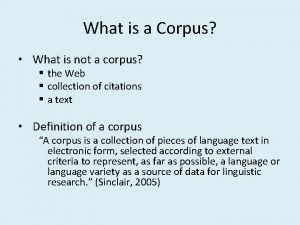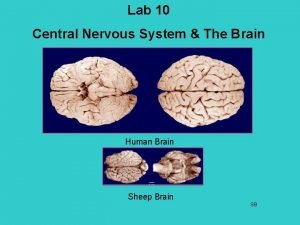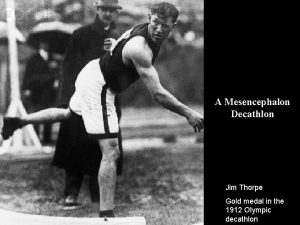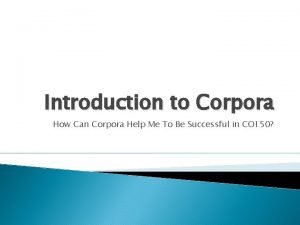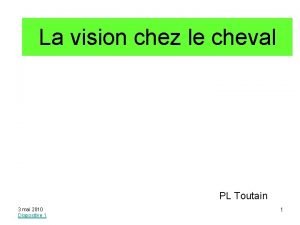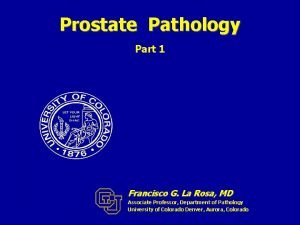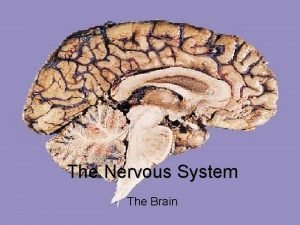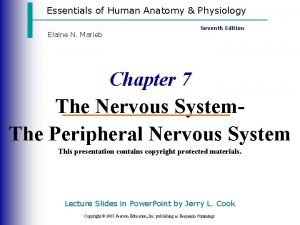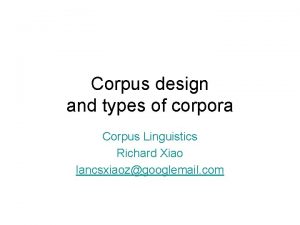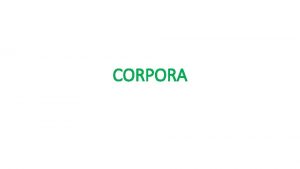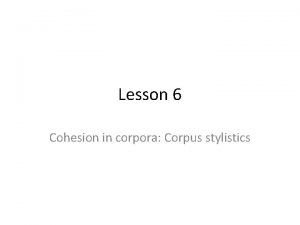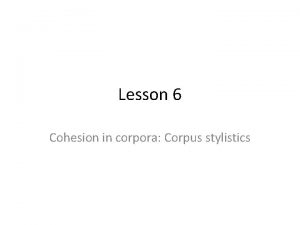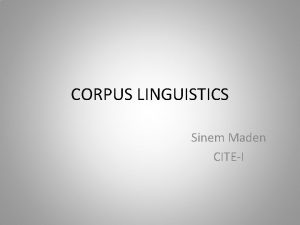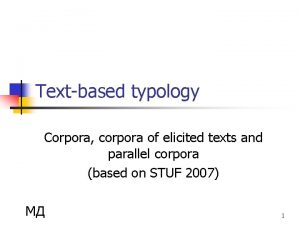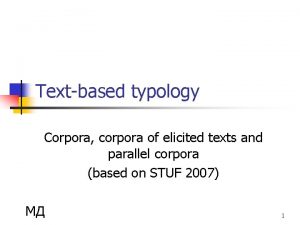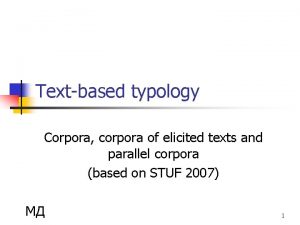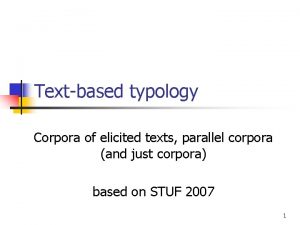CORPORA WHAT IS CORPUS A corpus pl corpora













- Slides: 13

CORPORA

WHAT IS CORPUS? A corpus (pl. corpora) is a large collection of texts electronically stored on a computer. These texts contain authentic language used in real situations and can represent both the language used in speech and in writing. A corpus can be used for a number of reasons: • to check patterns of the language and its lexicogrammatical features; • to check the use of words; • to compare the use of words in different varieties of the same language (for example either in the language of economics or in the language of medicine and so on. . . ); e. g. crisis • to compare and contrast translation equivalents across different languages; • to draw examples for the preparation for interpreting; • to obtain a list of the phraseology and terminology of a language and its varieties; • etc. Corpora are the basis for compiling dictionaries (like Macmillan, Cambridge, Wooordhunt).

Technology has made the procedure of corpus assembling easier and easier both because of the large number of texts available on the internet and of the availability of more powerful computers which can store huge amounts of bytes without slowing down the proper working of a computer. General English corpora are made up of millions of words in order to be representative of the whole English language. Two examples are: • The British National Corpus (BNC), a 100 million word corpus of modern British English texts, both written and spoken, made available in 1995; • The Bank of English (Bo. E), a 450 million word corpus under continuous development at the university of Birmingham since 1980

Types of corpora • General reference corpus: is designed to be representative of a given language as a whole and can therefore be used to obtain insights on that language. It is usually constituted of a series of text types (both spoken and written) and focuses on the language used by ordinary people in everyday situations (newspaper, fiction, radio and television broadcasts, etc. ); • Special purpose corpus: a corpus which focuses on a particular aspect of language, that is to say on a particular subject field, text type or language variety. A special purpose corpus may be a corpus constituted of tourist websites, or of articles from sports newspapers. The insights we obtain from this type of corpus are only valid for the type of language contained in it. • Monolingual corpus: contains texts in only one language. • Multilingual corpus: contains texts in two or more languages and can be comparable or parallel. A multilingual corpus is comparable when it is constituted by two or more sets of texts which have similar composition. Similar composition means that all the texts contained in the corpus have the same communicative function, they all deal with the same topic, they are all of the same type of text. The texts contained in a comparable corpus are all original texts and no translations are included. For example, a comparable corpus may be constituted of British newspaper articles on the economic recession and Italian newspaper articles on the same topic; similarly, it can be composed of three subcorpora collecting the speeches delivered by Barack Obama, Gordon Brown and Mario Monti. Analyzing the original texts contained in these corpora we can make observations on the features (lexical, syntactic, . . . ) of these languages and we can compare them in order to detect differences and similarities. A multilingual corpus is defined parallel when it contains original texts in one language and their translations in another language. For example, a parallel corpus may be constituted by original texts of fairy tales in English and their translations into Italian (French, German, . . . ). Parallel corpora can provide examples of how equivalence has been established by translators and what translation strategies have been adopted at different stages.

In order to carry out a corpus-based analysis, first a corpus to analyze is needed. There are different corpora that can be used (many of them are available on the internet). Students taking their first steps in corpus analysis should use small corpora (about 80, 000/100, 000 words or even less depending on the purpose of the analysis) which contain texts dealing with a specific topic. Of course, the results of an analysis based on a specific topic will only be valid for that specific language domain and not for the language as a whole. Among the most practical applications of corpora, particularly of special purpose corpora, there is the elaboration of wordlists and patterns of the language of a given topic. We may be requested, for example, to write or to talk about the “economic recession” but we may not be familiar with the terminology and the phraseology associated with it. We can, therefore, search the net to identify and download a number of newspaper articles which deal with global recession. A software will help us to analyze these texts and create useful wordlists and concordances.

WORDLISTS AND CONCORDANCES Wordlists are a list of all the words contained in the texts chosen for analysis. These words are listed in frequency order or in alphabetical order by the software. Concordances allow the researcher to identify and analyze the linguistic cotext of a word. The format data will acquire is called KWIC which stands for Key Word In Context. The node word is aligned in the center and is preceded and followed by its co-text. The words frequently preceding and following the node word in a span of five words on the left and five words on the right are called collocates and form with the node words repeated string of words called patterns. Besides, analysis of concordances allows to make conclusions concerning grammar forms of the node word (passives/actives, modals, articles etc. ) Let us have a look at how “global warming”/ “assembly” collocates look like in the National British Corpora

• In order to obtain wordlists and concordances, we need a software that can be used for corpus analysis. Some of them are listed below: • Word. Smith Tools by Mike Scott (a set of tools for text analysis, it includes a wordlister, a concordancer, a keyword analyzer and more). It is distributed by Oxford University Press) • Text. STAT – free concordance software for Windows and Linux • Microconcord (DOS version of WS Tools concordancer) • Conc. App concordancing programs (freeware) • Concordance (wordlists, concordances for publishing concordances on the WEB. By R. J. C. Watt) • Word. Expert (a concordancer for technical translators by myteam- Software) • LEXA Corpus Processing Software distributed by ICAME. • DBT (Corpus Processing Software developed by Eugenio Picchi at the Istituto di Linguistica Computazionale del CNR in Pisa). • Tact. WEB (Corpus Processing Software developed by John Bradley and Lidio Presutti, University of Toronto). • Some software is available for free and can be downloaded directly from the internet.

ASSEMBLING CORPORA The advantages of using corpora are particularly related to the fields of translation and language learning. However, one of the main advantages of corpora lies in the authenticity of the texts contained in them which allow us to validate theory and to have some insights into actual language that would not be possible using only our intuition of native speakers of a language. For this reason, in order to be representative of a language and “to capture the regularities of a language”, corpora should be assembled on the basis of a number of criteria which may be of two different types: 1) external, in that they concern the participants, the occasion, the social setting or the communicative function of the pieces of language; and 2) internal that concern the recurrence of language patterns within the pieces of language. According to Sinclair (2005) and Clear (1992) corpora should be designed and constructed exclusively on external criteria. Texts should be selected on the basis of their communicative function in the community in which they have been produced.

Tognini Bonelli analyses some authoritative definitions of corpus and identifies three main issues which are extremely relevant to the process of text selection and corpus assembling. The issues are: Authenticity of the texts included in the corpus. All texts should represent language used in authentic language events. Invented examples or texts fabricated by the linguist cannot be the object of analysis in that they are not representative of real language The representativeness of language included in the corpus. Sinclair (2005) says that “corpus builders should strive to make their corpus as representative as possible of the language from which it is chosen”. It means that texts should be chosen according to the purpose of the analysis. The Brown Corpus of Standard American English was the first of the modern, computer readable, general corpora. The corpus contains one million words of American English texts printed in 1961. The texts for the corpus are samples of 15 different text categories. Nowadays, it is considered too small to be a good standard reference for the English language, particularly if compared to the Bank of English which, at the time of writing, amounts to 400 million words. It is a collection of samples of modern English language and contains both written and spoken samples from British, US, Australian and Canadian sources. Written texts come from newspapers, magazines, fiction and non-fiction books, brochures, leaflets, reports, letters, and so on. Spoken texts are transcriptions of everyday casual conversation, radio broadcasts, meetings, interviews and discussions, etc. The corpus is constantly updated so that the corpus can be representative of the English which most people read, write, speak and hear every day of their lives. It is used by the Collins COBUILD Advanced Learner’s English Dictionary as evidence of patterns of word combination, word frequencies, uses of particular words, and of meaning disambiguation. Specialised corpora are made up of texts that belong to the same genre and deal with a specific topic. Sinclair (2001) says that “if it is a general corpus, researchers expect to find in it information about the language as a whole, and if it is a more specialised corpus, then the characteristics of the genre will be discoverable”.

The sampling criteria used in the selection of texts: • the mode of the text: whether the language originates in speech or writing or in electronic mode; • the type of text: for example if written, whether a book, a journal, a notice or a letter; • the domain of the text: for example whether academic or popular; • the language or languages or language varieties of the corpus; • the location of the texts: for example the English of UK or Australia; • the date of the texts.

All these criteria should be taken into account when assembling a corpus. If the purpose of analysis is the academic written language the corpus cannot include spoken texts or articles which have been published on a magazine rather than on a scientific journal. A corpus on academic written language should be constituted by scientific articles from different scientific domains (such as history, literature, language, biology, economics, mathematics, . . . ). Furthermore, a decision should be made on whether to select only articles written by native speakers of English or to consider articles from all the scientific communities. Texts should have been published in a limited time span: selecting together scientific articles published in 1960 and scientific articles published in 2009 should be avoided; language changes over time and considering together texts in a too wide time span would make it impossible to have a clear picture of the features of modern academic written language. However, if our main aim is that of analysing this type of language as it has changed across the years, two corpora can be assembled: one made up of scientific articles published, for example, between 1960 -1970 and another corpus of articles published between 1990 -2000. The two wordlists obtained could be compared in order to identify the key words which represent the changes that the academic language has undergone across the years.

The size of corpora may vary according to the purpose of our analysis. Observations on the language as a whole and as used in everyday contexts by ordinary people can only be obtained from big corpora constituted of millions of words. Conversely, special corpora, which although small are specialised in their content, allow us to get insight into the typical phraseology, expressions and lexicogrammatical features of a variety of a language. The internet has many features in common with corpora. It is constituted of millions of texts belonging to different text types. However, it also has a number of shortcomings. The main problem is, obviously, constituted by authorship. Most of the times we do not have any information on who has written a text stored on the internet, we do not know their nationality, age, gender, social class, education and so on. Furthermore, information such as the date of the text and the location of the text are usually unknown. Nevertheless, if its limits are properly taken into account, the internet may be a valid support for students when they need to check the correctness or the frequency of usage of some expressions and collocations they use in language production.

PRACTICE • Analyze the concordances/collocates of the word “language”, “technology”, “teacher”, “solution”. • Choose some words frequently used in English and analyze their concordances/collocates using The British National Corpus. • Using The British National Corpus analyze the concordances/collocates of the words “cast”, “register”, “analysis”, “pattern”, “approve”. • Imagine that you are preparing to interpret at the conference dedicated to one of the topic: 1) junk food; 2) team building; 3) space exploration; 4) lead-free petrol; 5) generation gap; 6) Academic English; 7) electric car production; 8) female suffrage; 9) American English; 10) Time Machine. Use The British National Corpus to define the concordances/collocates that may be useful while interpreting.
